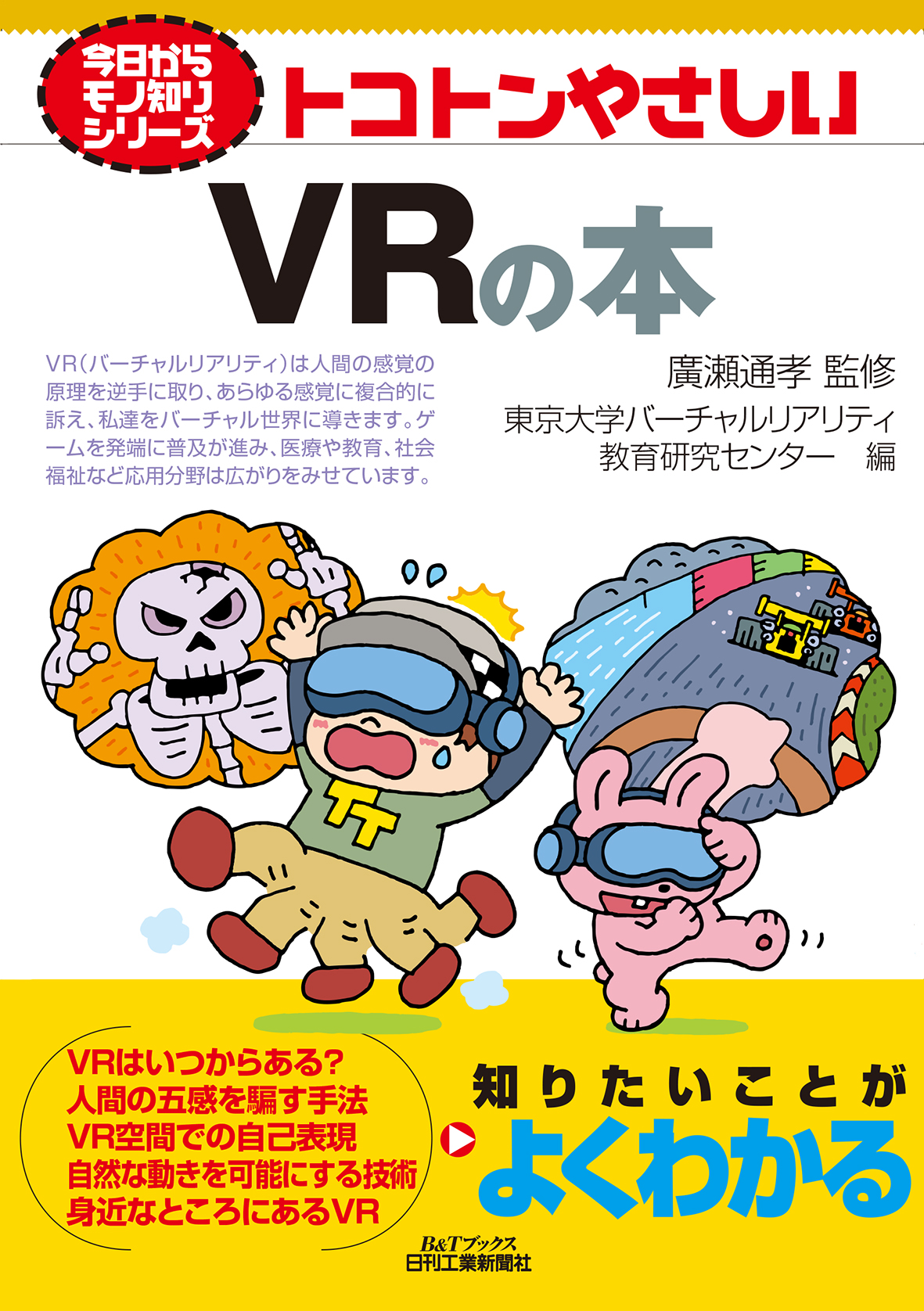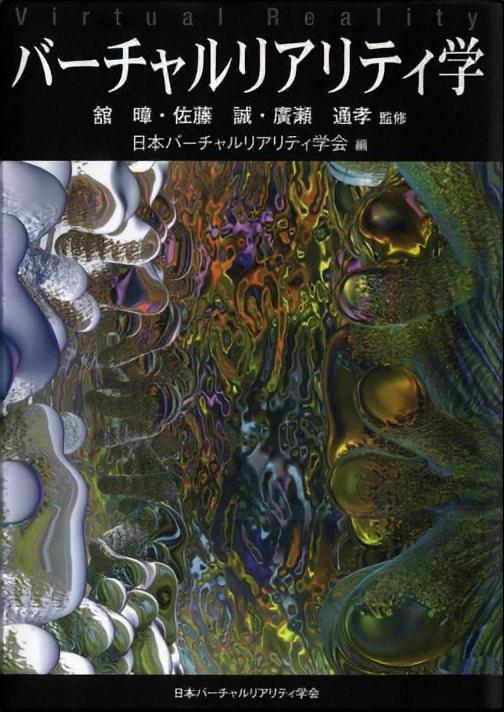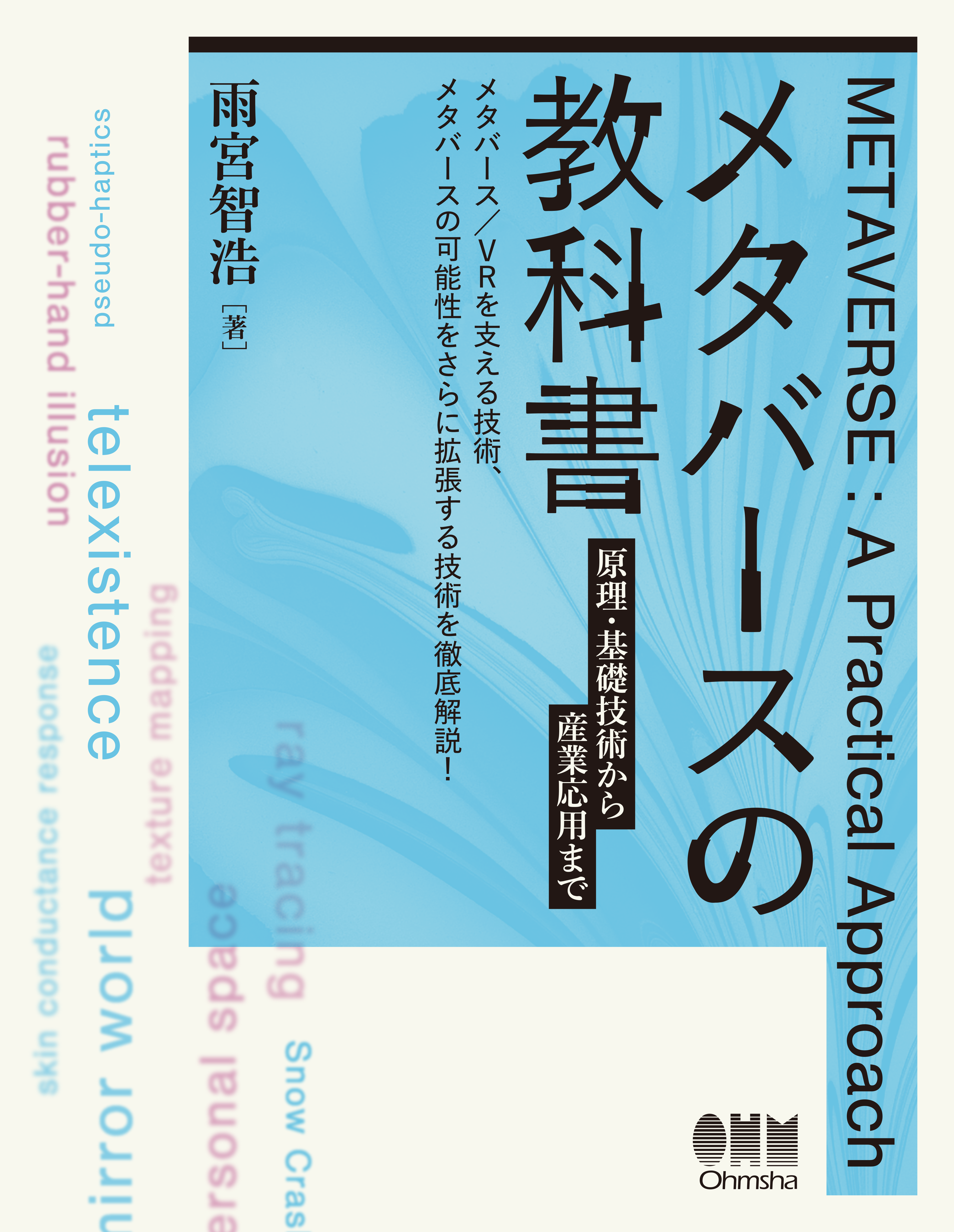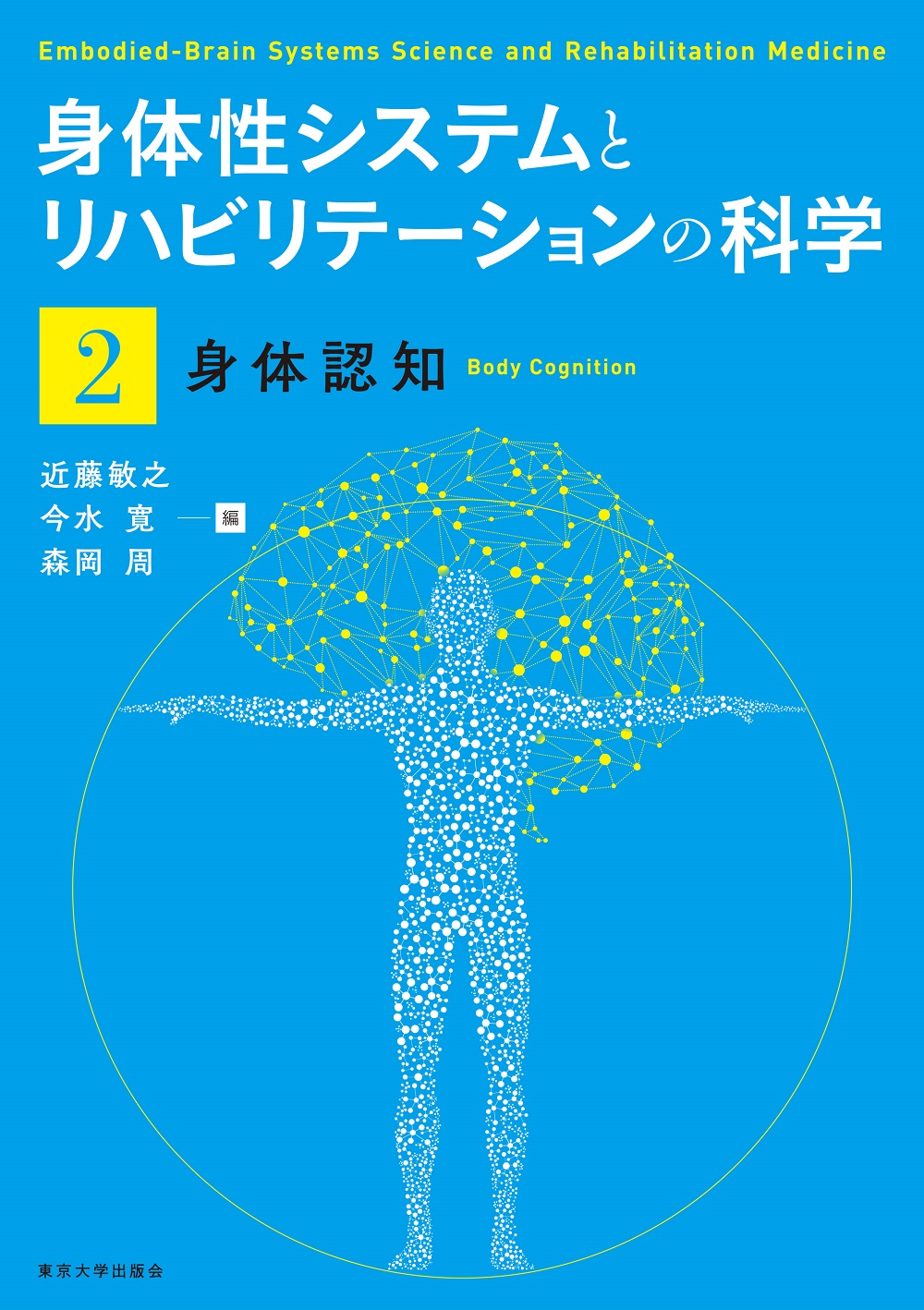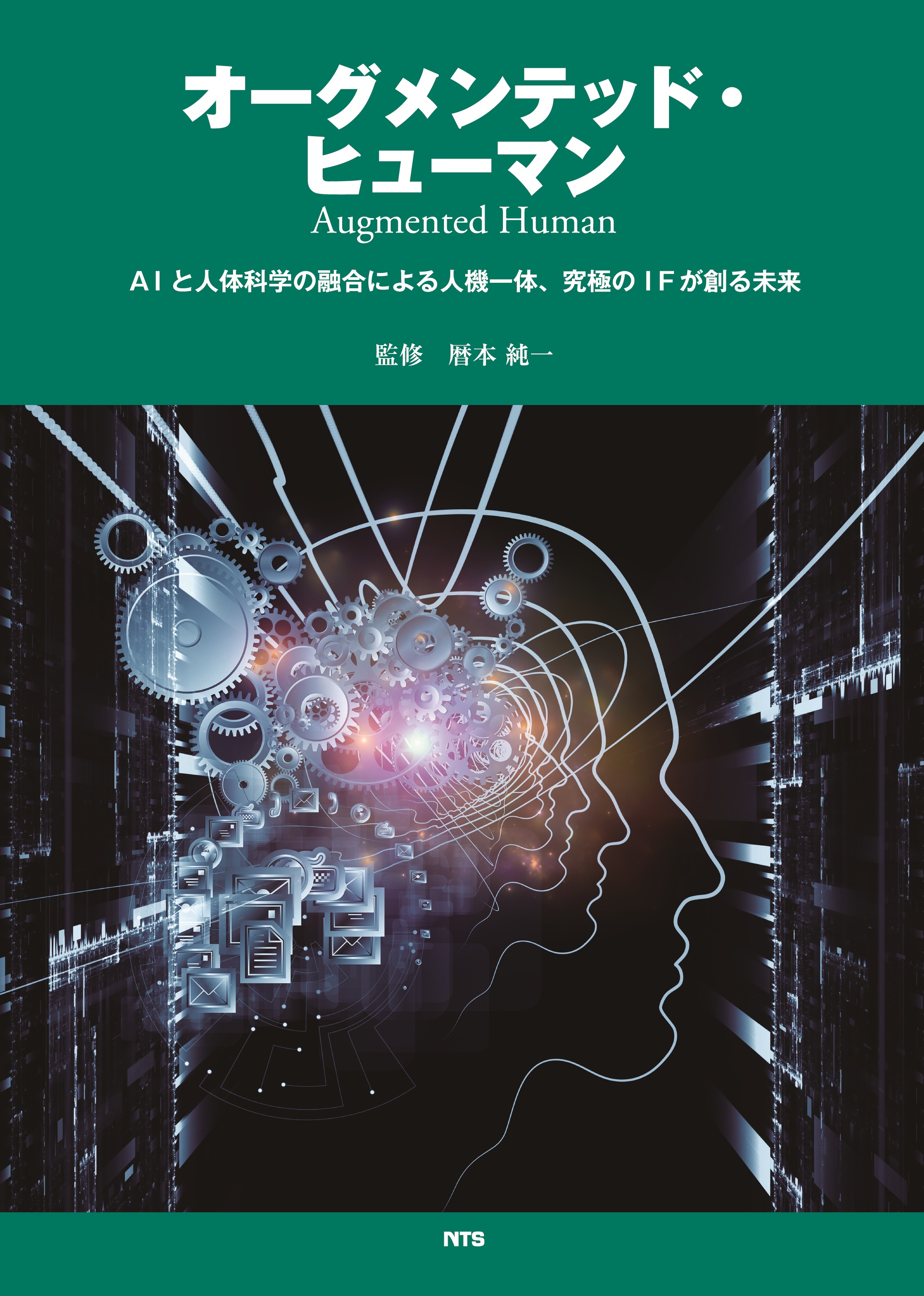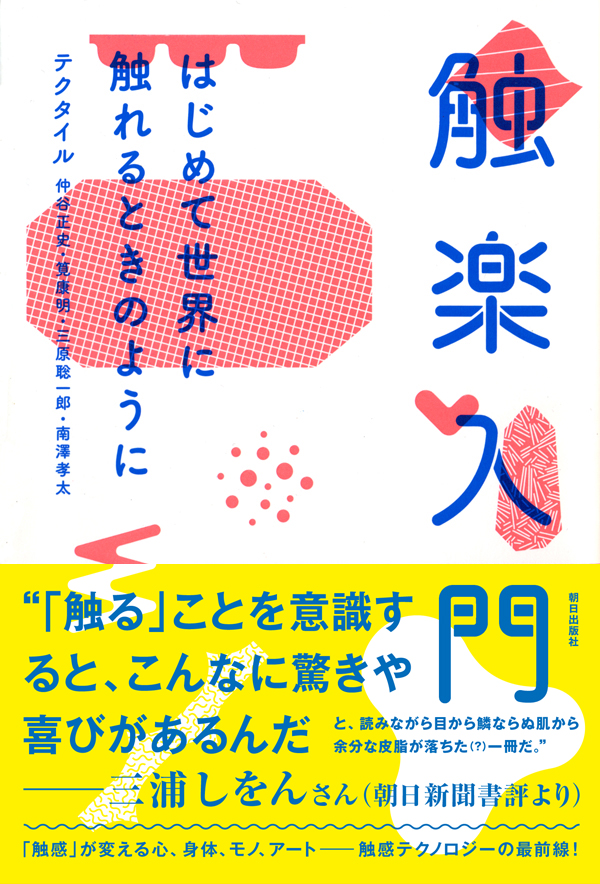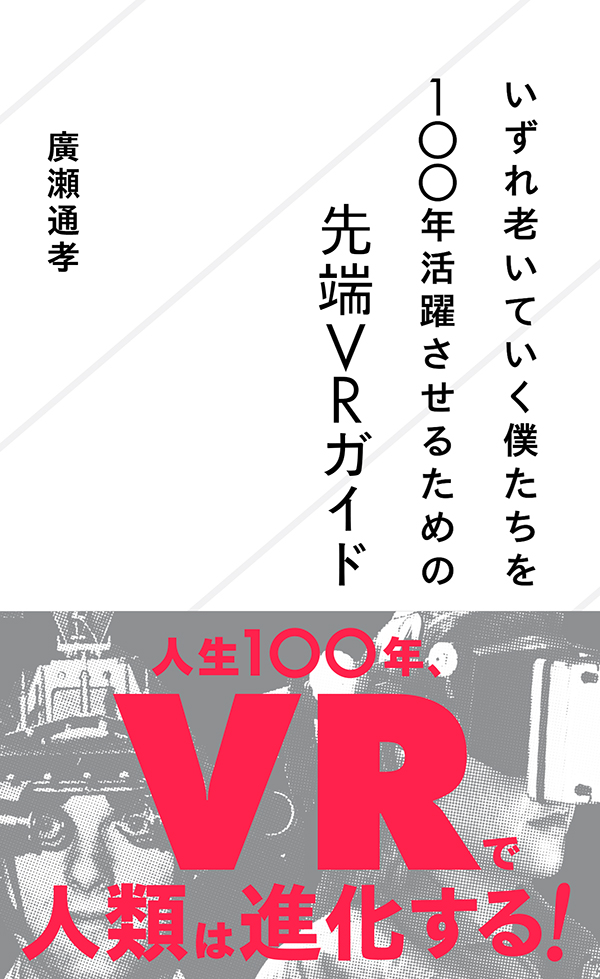
Title
Seikaisha Shinsho Izureoiteiku bokutachiwo 100nen katsuyakusaserutameno sentan VR guide (A cutting-edge virtual reality guide to keep those of us who are growing old active for a hundred years)
Size
192 pages
Language
Japanese
Released
June 23, 2016
ISBN
978-4-06-138583-2
Published by
Seikaisha
Book Info
See Book Availability at Library
Izureoiteiku bokutachiwo 100nen katsuyakusaserutameno sentan VR guide
Japanese Page
The advent of a super-aging society is one of the biggest social challenges in Japan. Changes predicted in the future include a shrinking population due to a low birth rate, the hollowing-out of regions, a rise in single-person households in cities, and a shortage of young workers, necessitating a fundamental reorganization of the social system.
The book examines what role information technology, in particular media technology represented by virtual reality (VR), can play in this situation from various angles. This is not a simple introduction to VR technology, nor is it a book that simply sounds the alarm regarding a super-aging society, but rather a presentation of a unique research area where the two are intricately mixed.
One of the landmark years of a super-aging society is 2050. This volume tackles the question of how to predict this era and argues that prediction is not a simple matter of inputting data. It is important to have qualitative prediction that goes beyond simple quantitative prediction in order to understand the implications of knowing the future. Rather, discussion in the book says that, the word “prediction” might be inappropriate. The problem of a super-aging society cannot be solved if it is approached with an attitude of “this could be the case.” The claim made in the book is that what is needed is a strong intention of “this is what we want to do.”
In many cases those who are interested in the issue of a super-aging society are older people. However, those who should be thinking seriously about an aging society are young people. This is because when the problem becomes very serious in 2050, today’s young people will be the elderly. The book title reflects the view that the problem of aging is an urgent one for young people.
On the subject of VR, discussions tend to be limited to the level of HMD (Head Mounted Display) or new interaction technology. However, what virtual really means is “effective.” In other words, the significance of “virtual” is on par with “real.” The basic theme of the book is a kind of optimism that what is unsolvable in the real world could be solved if it is taken into the virtual world using a framework called “virtual.”
The author asks students how they want to change the future, which at the moment looks doomed. I strongly recommend this book to the future elderly people.
(Written by HIROSE Michitaka, Professor, Graduate School of Information Science and Technology / 2020)



 Find a book
Find a book


 eBook
eBook